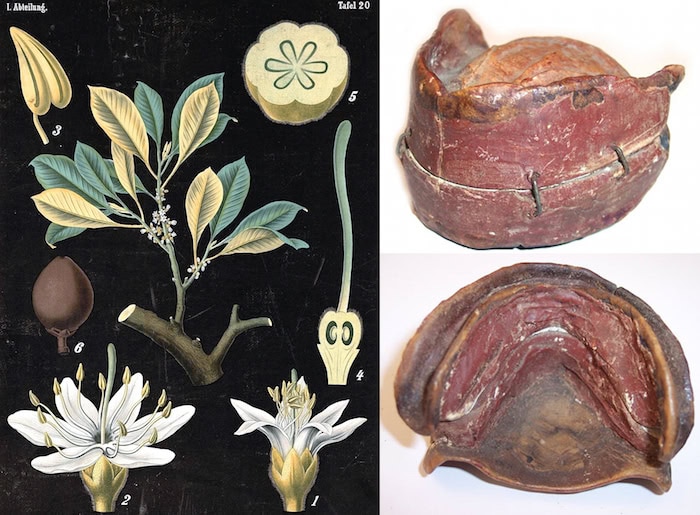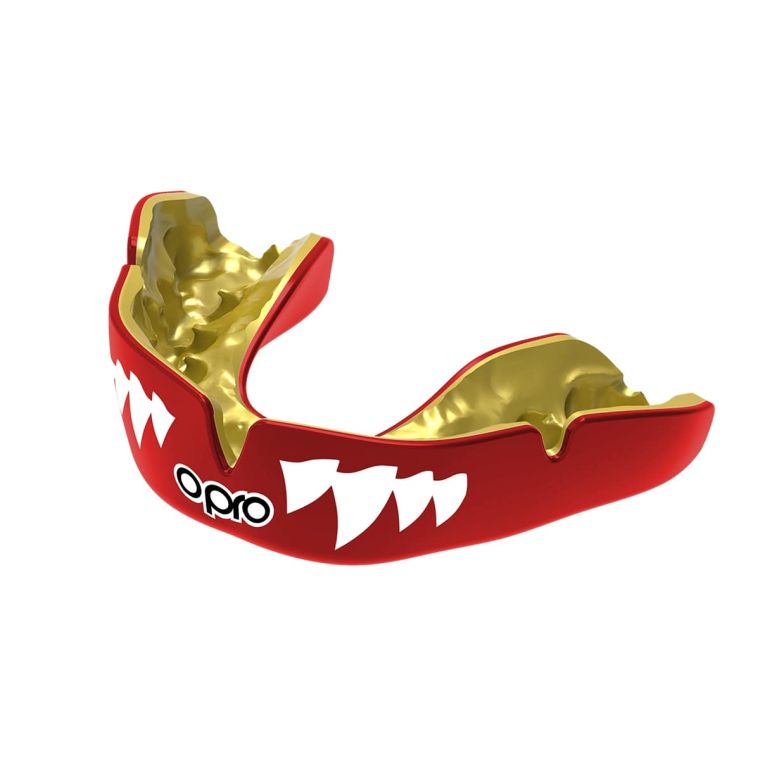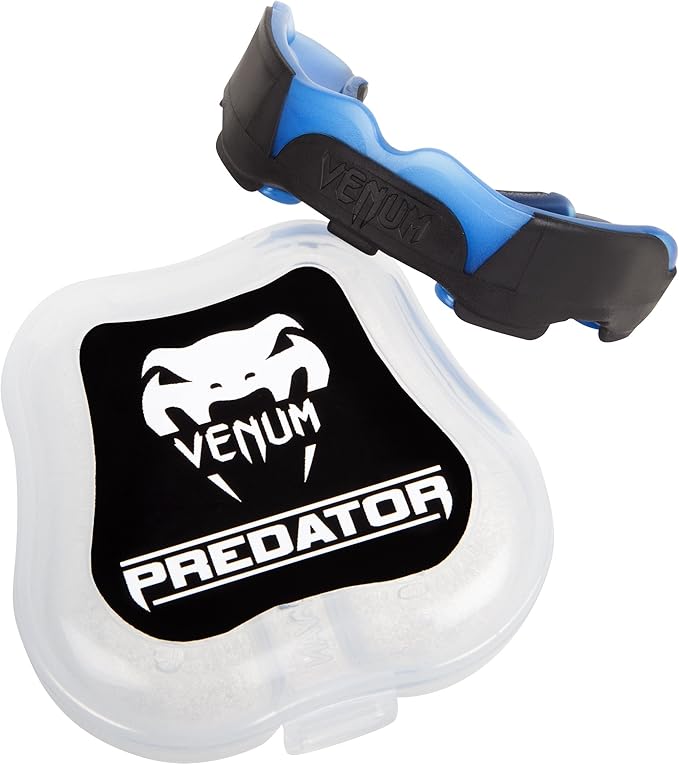Nearly half the martial artists observed in various studies have orofacial injuries. In particular dental injuries. It's one of the top questions on martial artist forums. Do martial artists have fake teeth? How often do MMA fighters lose their teeth?
Martial Arts and Dental Injury Risk
There’s a host of fighters and martial artists who have lost teeth while sparring. Since the face is vulnerable it is natural to have dental injuries. A powerful kick to the teeth or a strong right hook can knock off a few of those pearly whites.
Often traumatic dental injuries affect a single tooth. Ellis Class I is the most common type of injury in the cases. The most frequently traumatized teeth were maxillary incisors.
The reason is that maxillary central incisors are generally more protruded. While the mandibular teeth are less so. The maxillary teeth receive a direct blow first as they are less protected.
How to Prevent Martial Arts Dental Injuries
Martial Arts Dental Injuries can be prevented, with a little planning and attention to safety. The first thing that has to occur is having self-awareness of the potential damage that can occur from a combat situation.
Lots of athletes are unaware of the fact that you can prevent dental injuries. This includes wearing a face shield and mouth guards.
History of Mouthguards
Mouth guards were first forged in the boxing ring somewhere between 1890 and 1892 by British dentist Woolf Krause. He designed one of the first mouthguards for professional boxers. Boxers often suffered brutal dental injuries resulting in their forfeiting matches.
Krause’s mouthguard was highly innovative for its time. It was a vast improvement over the plugs of wood, wadded paper, and tape that boxers used in feeble attempts to save their teeth from punches and related strain.

His invention was far from perfect. It was designed from foul-tasting gutta percha (a tree-based rubber also used to insulate telephone cables and fill root canals). In addition it required boxers to clench their teeth continuously to keep the guard in place, hampering their attention in the ring.
In addition, it was one size, and didn’t fit everyone. So a person had to clench their jaw to hold it in place. This makes it very difficult to breathe and concentrate on not getting knocked out. Thankfully, modern mouthguards are now made from ethylene-vinyl acetate (EVA) .
Types of Mouthguards
Three types of mouthguards are available: stock mouthguards, mouth-formed mouthguards, and custom-made mouthguards.
Stock Mouthguards
Stock mouthguards come in different sizes. They are ready to use and mostly made from either polyvinyl chloride, polyurethane, or a copolymer of vinyl acetate or ethylene. Stock mouthguards are the least favorable. This is because they offer minimum protection.
Mouth Formed Mouthguards
Mouth-formed mouthguards are known as “boil and bite” mouthguards. In these mouthguards, a thermoplastic rim is heated in hot water. It is then placed in the mouth and molded by biting and sucking. These mouthguards are not well-fitted as they tend to be thin over prominent teeth that are prone to damage.
Custom Made Mouthguards
Custom-made mouthguards are made in a dental laboratory. They are made by a cast which is made from an impression of your teeth by a dentist. Again, a thermoplastic material is heated in a pressure or vacuum forming machine. Once it’s soft enough it is placed over the cast and air pressure or a vacuum is applied. This soft material adheres to the cast taking on its shape and producing a custom-made mouthguard that fits you perfectly.
Criteria for Purchasing a Mouthguard
Some countries have criteria for mouthguards. The following criteria are applicable while using mouthguards used in contact sports:
Looking After A Mouthguard
Mouthguards will contain bacteria from your mouth. So brush your teeth before putting a mouthguard in. Clean your mouthguard often. Do not expose the mouthguard to extreme heat, direct sunlight, or hot water. Its made of EVA and is volatile to heat. Heat will change its shape. Store the mouthguard in a vented plastic case. Rinse it in cool water. Use a brush and soap water to clean it after each use. Let it air dry.
How Long Do Mouthguards Last?
It all depends on how frequently you use it. It also depends on the “wear and tear.” Custom-made mouthguards last several years with the right care. When you visit your dentist, carry your mouthguard to your dental checkups. Your dentist can inspect the mouthguard for cracks or other signs of wear.
Over-the-counter mouthguards are not as durable. Every few months you may need to get a new one. Children and teens need to replace mouthguards more often since their mouth is growing and teeth are replaced. Here are a couple options to consider:


